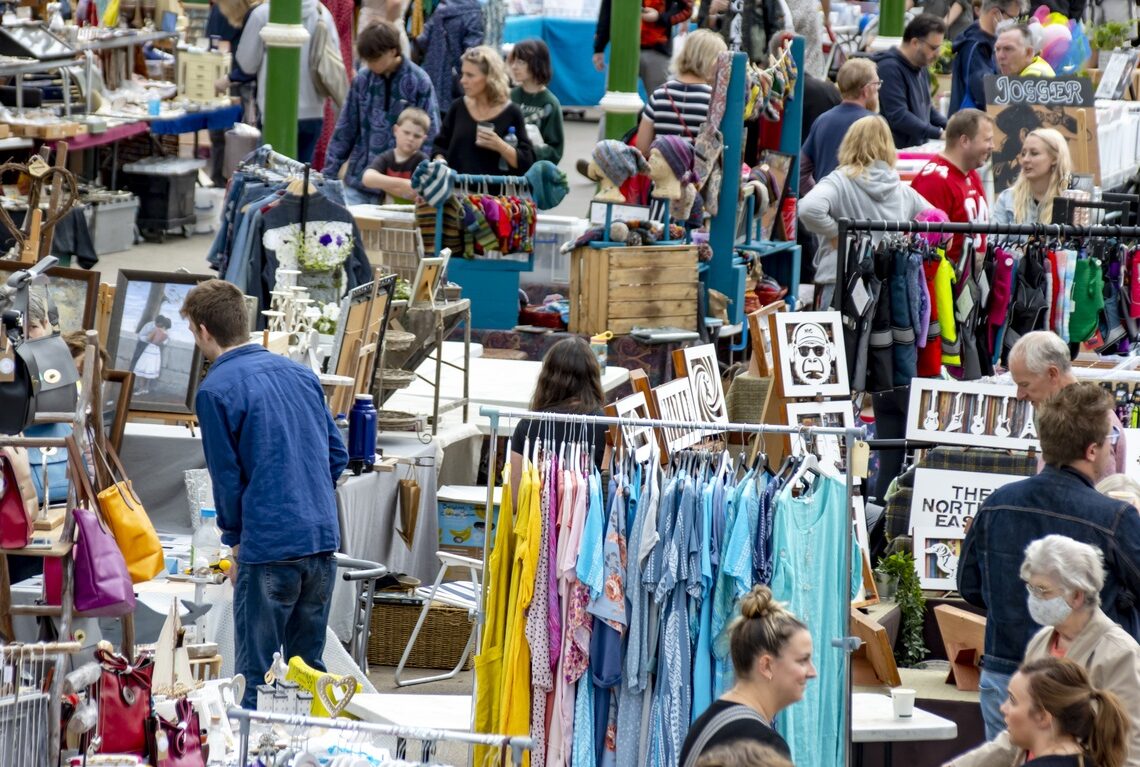Where do young people thrift in London today?

Thrifting has historically been a form of shopping prevalent in subcultures, from punks to hippies. With the rise of social media, it can now be seen across demographics and identities – but where are young people thrifting in London today?
Car Boot sale hauls are having a massive revival on TikTok, with popular locations around London. Peckham Car Boot is held every other Sunday at Harris Academy in Peckham and attracts young fashion enthusiasts from across the city. While finding a good deal can be challenging, thorough rummaging is bound to bring some steals to its visitors.
Another Sunday offering can be found in Battersea Boot, which offers a mix of vintage, designer, and super-affordable items. For more seasoned car boot aficionados, St Augustine’s Car Boot Sale in Kilburn has been a popular destination since 1996. Open every Saturday, and with an entry fee of £5 before 10:30 AM, people of all ages regularly attend the space looking for vintage deals across fashion and furniture.
If you prefer thrift shopping in physical stores, London has infinite options:
- FARA in Angel has excellent selections of both womenswear and menswear, which are cheap and trendy. Whereas for vintage lovers, Retromania (also run by FARA) offers affordable pre-used items covering decades in Victoria.
- In West London, U.CLO Second-Hand is one of the best-priced options with designer pieces.
- Finally, for people willing to spend hours rummaging through clothes, Thrift Factory presents itself with many hidden gems.
While certain subcultures may still be inclined to thrift in specific spots (Camden is still filled with alternative shops), thrifting has changed its form in the last few years. Now popular amongst young people from all backgrounds, shops across London are bound to sell something catering to anyone’s particular tastes. With more and more individuals taking on the Buy Nothing New challenge, thrifting is bound to become more and more normalized, and this move will hopefully bring a more sustainable society.
Discover more from GUAP’s Arts & Culture section here.




![ZINO VINCI’S ‘FILTHY & DISGUSTING’EP BRINGS YOU TO THE CORE OF THE ARTIST [@ZinoVinci]](https://guap.co/wp-content/uploads/2023/10/Zino-4.jpg)





![Remel London’s [@Remel_London] “Mainstream” is a must attend for upcoming presenters!](https://guap.co/wp-content/uploads/2017/02/REMEL-LONDON-FLYER-FINAL-YELLOW-COMPLETE-1.png)